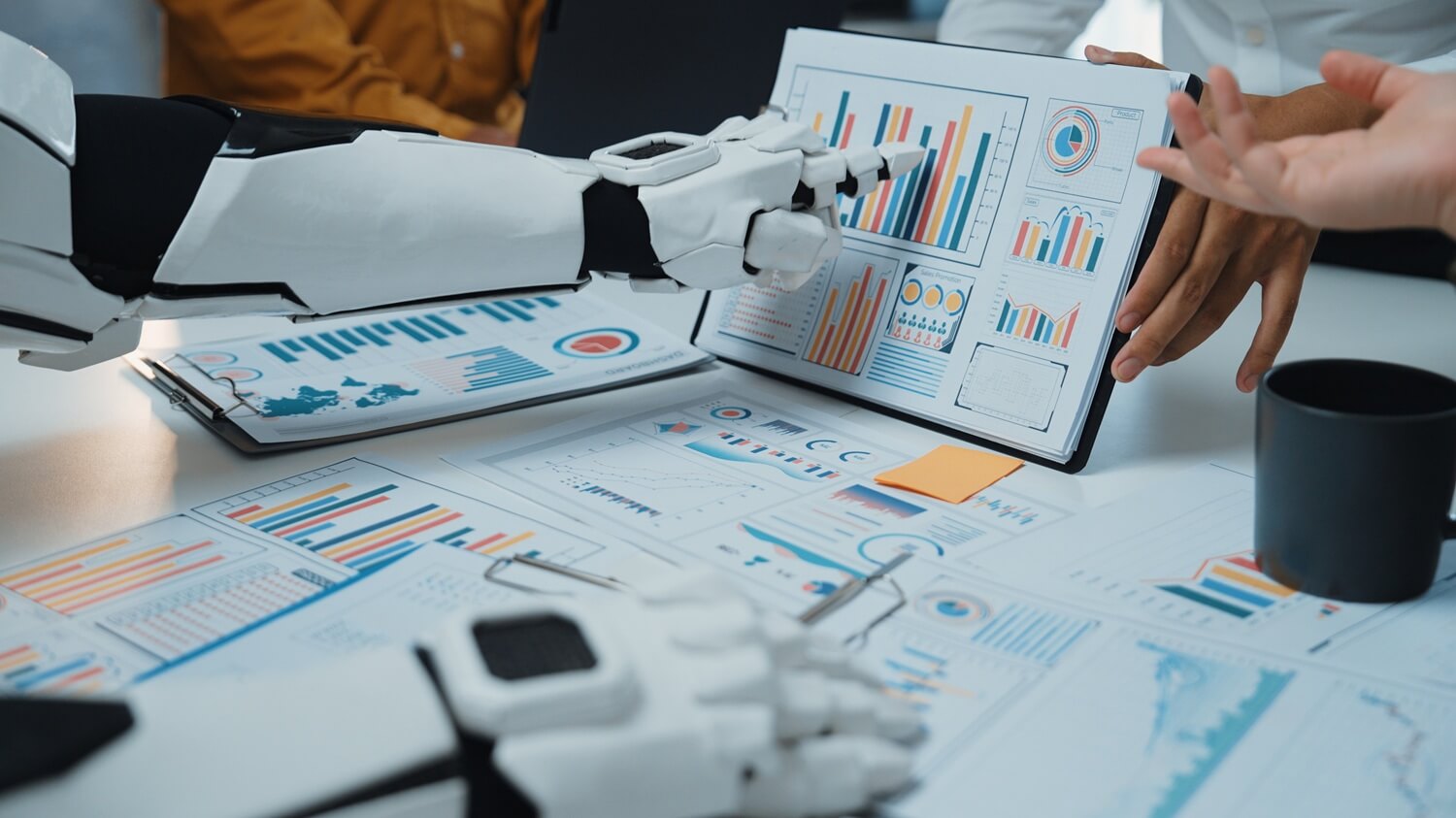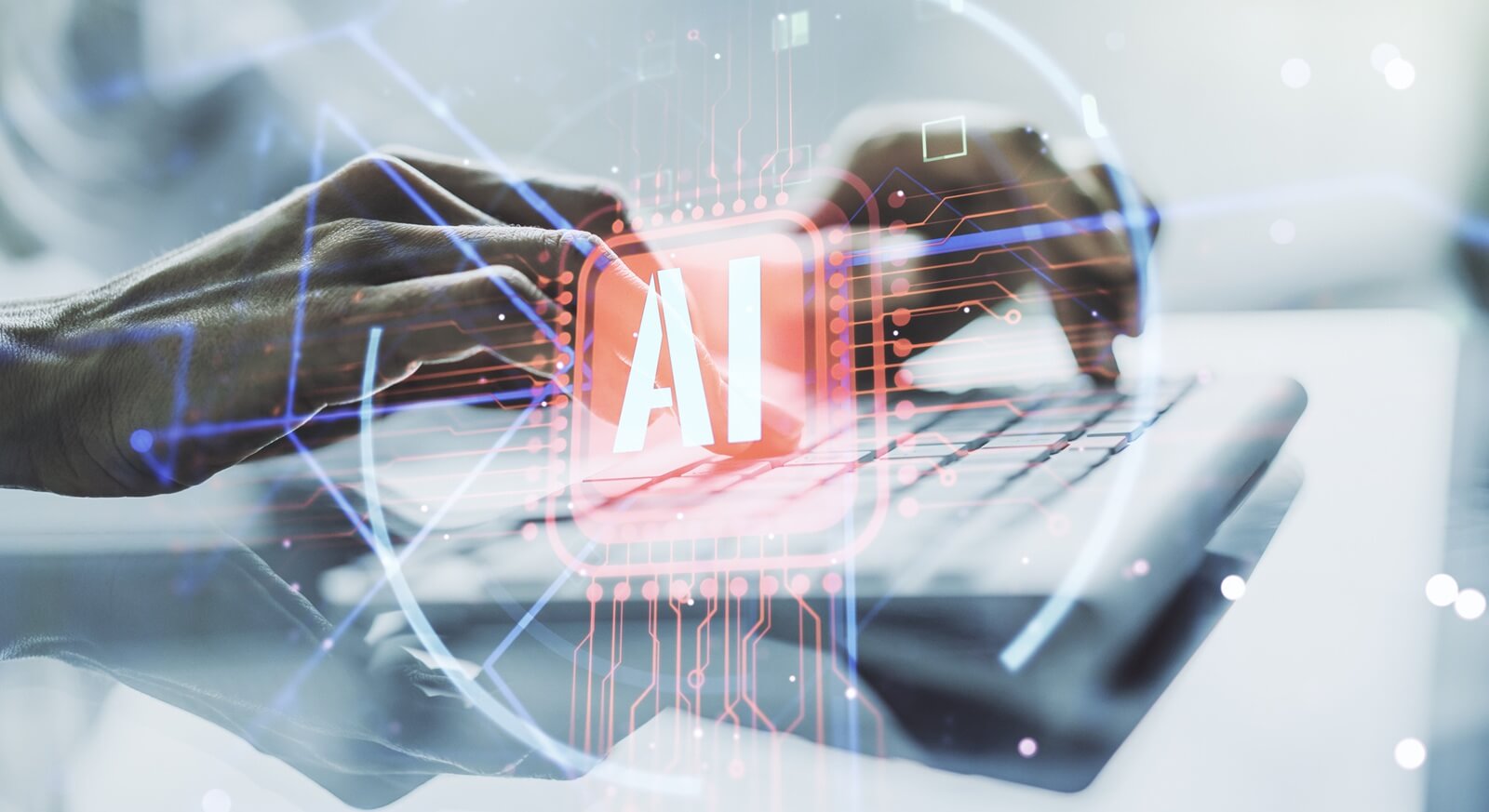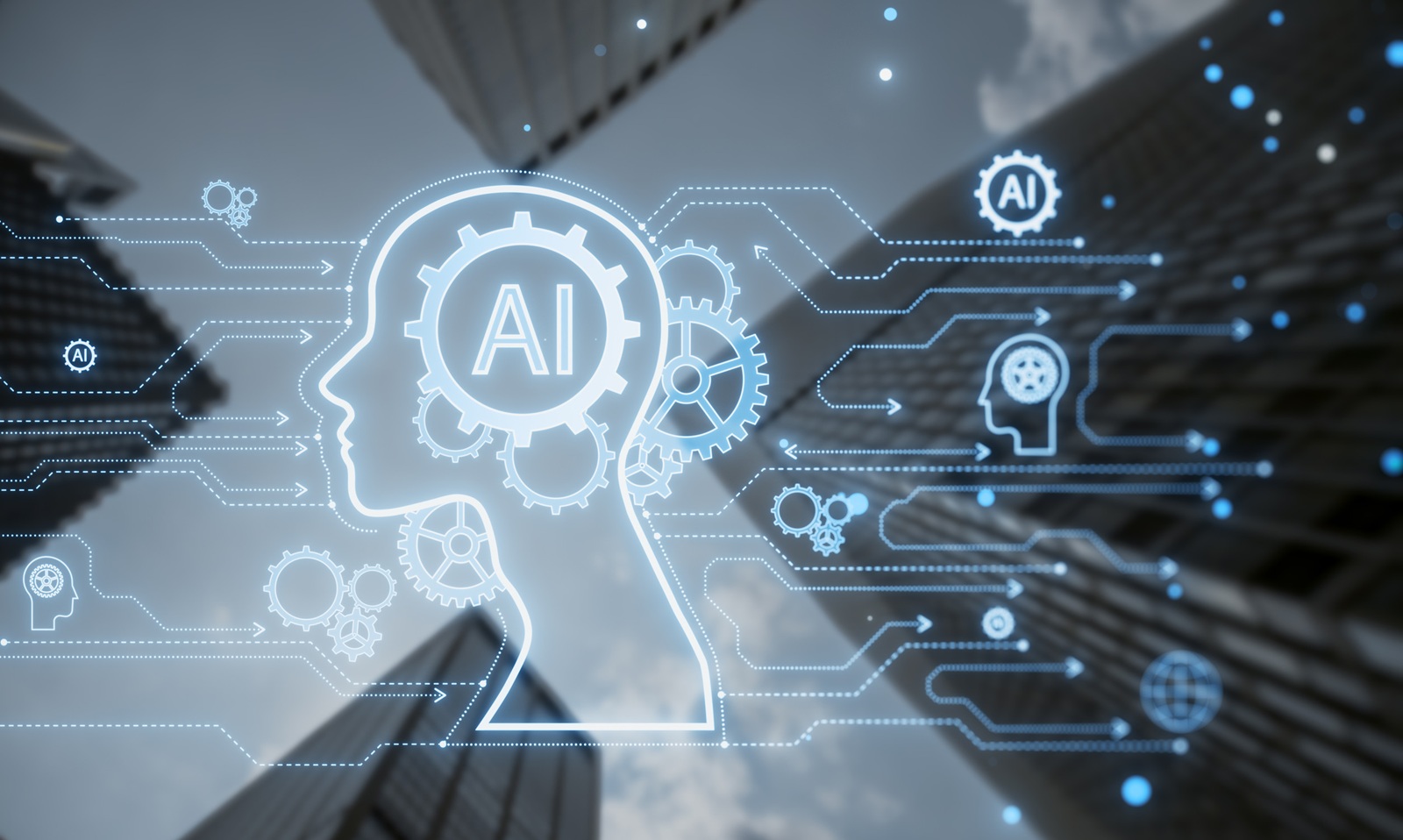In accounting firms, security and compliance are no longer separate disciplines — they are interdependent forces shaping firm resilience, client confidence, and regulatory integrity. The complexity of modern operations has made it nearly impossible to manage these areas independently. Yet many accounting firms still rely on disconnected systems, manual reporting, and reactive compliance audits that expose them to unnecessary risk.
The solution lies in integration — a unified approach where AI in accounting compliance bridges security and regulatory oversight, transforming fragmented processes into a continuous, intelligent ecosystem. This new paradigm empowers firms to anticipate risks, streamline compliance management, and strengthen governance across every digital touchpoint.
At Stealth Technology Group, we help firms streamline compliance and security into a single AI-driven infrastructure that reduces manual oversight, accelerates audit readiness, and ensures every decision is informed by real-time intelligence and measurable performance.
1. The New Convergence: Where Security Meets Compliance
Historically, cybersecurity and compliance were treated as separate priorities. Security teams focused on protecting infrastructure, while compliance officers ensured adherence to frameworks such as SOC 2, ISO 27001, and IRS Publication 4557. This fragmented approach often resulted in duplicated efforts, inconsistent reporting, and delayed remediation of vulnerabilities.
However, as regulatory frameworks grow more complex and interconnected, this siloed model is no longer sustainable. Modern threats do not differentiate between a security lapse and a compliance violation — one often leads directly to the other.
AI in accounting compliance resolves this disconnect by creating a single, intelligent layer that monitors, analyzes, and aligns both functions in real time. Instead of periodic assessments, firms gain continuous assurance — where every user action, system configuration, and transaction is evaluated against security policies and compliance requirements simultaneously.
The convergence of security and compliance allows firms to shift from reactive monitoring to strategic intelligence — an operational model where insights drive proactive decisions, ensuring both protection and performance.
2. Why Fragmented Systems Undermine Trust and Efficiency
In a digital landscape defined by complexity, fragmented systems are the weakest link. Most CPA firms manage multiple platforms — cloud accounting tools, client portals, file-sharing systems, and email servers — all generating critical compliance data but rarely communicating effectively with each other.
This fragmentation introduces significant risk.
- Data Inconsistency: Disparate systems produce conflicting reports, making it difficult to maintain audit accuracy.
- Delayed Detection: When data silos prevent real-time monitoring, breaches or policy violations go unnoticed.
- Manual Burden: Staff spend excessive time reconciling compliance reports, diverting attention from strategic advisory work.
- Client Uncertainty: Inconsistent reporting reduces transparency and weakens client confidence.
Integrating AI in accounting compliance eliminates these inefficiencies. By centralizing data collection and using predictive analytics to detect anomalies across systems, AI builds a single source of truth for compliance and security. This unified view allows decision-makers to act with clarity and precision, reducing both risk exposure and administrative workload.
The benefits extend beyond operations. A firm with integrated AI compliance systems can demonstrate governance maturity — a powerful differentiator in client negotiations, partnership proposals, and external audits.
3. The Role of AI in Continuous Compliance
Traditional compliance models rely on periodic reviews and post-event audits. These static methods are poorly suited to the dynamic pace of modern accounting, where data flows across multiple platforms every second.
AI in accounting compliance replaces this outdated structure with continuous compliance, an automated, self-correcting process that operates 24/7.
Here’s how it works:
- Real-Time Monitoring: AI continuously reviews transactions, access logs, and configuration settings to identify deviations from compliance baselines.
- Predictive Risk Scoring: Algorithms evaluate potential vulnerabilities based on historical data, regulatory updates, and behavioral trends.
- Automated Documentation: AI generates audit-ready reports instantly, eliminating the time and human error associated with manual preparation.
- Adaptive Policy Management: When standards evolve, the system automatically updates internal compliance frameworks and notifies administrators.
This level of automation transforms compliance from an administrative task into a strategic intelligence function — one that detects emerging risks before they become violations. Moreover, AI ensures transparency across the compliance lifecycle. Every action is logged, traceable, and verifiable — reducing audit fatigue and building a digital trail that auditors, regulators, and clients can trust.
For firms navigating multiple jurisdictions or industry-specific regulations, this continuous approach eliminates the bottlenecks of traditional reporting cycles and ensures readiness at all times.

4. Integrating AI with Cybersecurity Operations
Cybersecurity and compliance share a common foundation: trust in the integrity of data. By embedding AI into both domains, firms can achieve synergy — where protective measures and regulatory oversight reinforce each other instead of operating independently.
AI-driven cybersecurity integration enables firms to:
- Correlate threat intelligence with compliance data to prioritize high-risk vulnerabilities.
- Detect unauthorized access attempts in real time, automatically aligning with internal audit protocols.
- Synchronize data encryption standards and access controls with evolving compliance frameworks.
- Generate unified dashboards for executives, linking operational security metrics with regulatory status.
For example, when a suspicious login attempt occurs, the AI system not only restricts access but simultaneously updates compliance logs, documenting the event for future audits. This automated coordination saves hours of manual work while maintaining complete traceability.
By combining cybersecurity and compliance analytics under one AI infrastructure, firms can transition from passive defense to predictive governance — a model where technology safeguards both data integrity and regulatory alignment simultaneously.
This convergence creates a virtuous cycle: enhanced protection strengthens compliance, and improved compliance validates security effectiveness. The result is a unified ecosystem built on intelligence, transparency, and trust.
5. From Automation to Intelligence: The Next Stage of Governance
Automation was once considered the pinnacle of efficiency in accounting. However, automation alone executes — it doesn’t interpret. To truly enhance decision-making, firms must advance from automation to intelligence — where systems analyze context, interpret data, and recommend strategic actions.
AI in accounting compliance enables this evolution through advanced data modeling and pattern recognition. It not only identifies deviations but also explains why they occurred and how to resolve them efficiently.
For instance, when an employee repeatedly accesses client files outside working hours, automation might flag it as a breach. AI, however, analyzes historical work patterns, role responsibilities, and context to determine whether the behavior represents a legitimate workflow or a potential risk.
This distinction — between detection and understanding — defines the new frontier of compliance intelligence.
The advantages of intelligent compliance systems include:
- Contextual Awareness: Distinguishes between anomalies and acceptable deviations.
- Operational Insights: Provides actionable recommendations for risk mitigation.
- Scalability: Adapts to expanding firm networks and evolving regulatory standards.
- Efficiency Gains: Reduces manual oversight while improving accuracy and speed.
By advancing toward intelligence-driven governance, accounting firms can strengthen both operational control and strategic foresight — transforming compliance into a value-generating discipline rather than a cost center.
6. Implementation: The Strategic Roadmap to Unified Compliance
The integration of AI into accounting compliance is a transformation, not a transaction. It requires alignment across technology, leadership, and culture. The most successful firms adopt a phased approach that balances immediate benefits with long-term scalability.
Strategic Roadmap for Implementing AI in Accounting Compliance:
- Assessment and Discovery: Conduct a comprehensive evaluation of current security and compliance frameworks to identify redundancies and gaps.
- Technology Alignment: Choose AI platforms that integrate seamlessly with existing accounting software and data infrastructure.
- Process Redesign: Redefine workflows to leverage AI automation while maintaining appropriate human oversight.
- Training and Change Management: Equip teams with the knowledge to interpret AI outputs, fostering a culture of continuous learning and collaboration.
- Continuous Optimization: Regularly review system performance metrics and regulatory updates to refine AI algorithms and maintain compliance precision.
Each phase is critical. Rushing implementation without governance alignment can create confusion, while excessive caution may allow vulnerabilities to persist. Firms that balance agility with accountability realize the highest returns — both in operational efficiency and in long-term trust capital.
7. Strategic Outcomes: Redefining Value Through Unified Intelligence
Integrating AI in accounting compliance delivers measurable value across multiple dimensions. Beyond operational efficiency, it transforms how firms compete, collaborate, and grow.
Key Outcomes of Unified Security and Compliance Intelligence:
- Enhanced Risk Visibility: Firms gain a 360-degree view of vulnerabilities across all digital assets.
- Reduced Audit Fatigue: Automated documentation ensures audit readiness at any moment.
- Improved Decision-Making: Real-time insights enable leaders to allocate resources strategically.
- Regulatory Agility: Firms adapt instantly to new laws and standards with minimal disruption.
- Stronger Client Relationships: Transparent compliance reporting reinforces trust and credibility.
As the profession evolves toward data-centric governance, intelligence becomes the new currency of trust. Firms that harness it effectively will lead the industry — not just by being compliant, but by being consistently prepared, transparent, and secure.
8. The Future of Intelligent Compliance
The next decade will see compliance evolve into an autonomous, self-regulating discipline powered by AI. Predictive algorithms will not only monitor risk but preemptively adjust controls to prevent violations. Blockchain integration will enhance data authenticity, while quantum-secure encryption will redefine financial confidentiality.
In this future, AI in accounting compliance will act as both guardian and advisor — maintaining constant vigilance while offering actionable intelligence to guide firm leadership.
However, technology alone cannot ensure integrity. Ethical governance, human oversight, and transparent accountability will remain essential pillars of trust. The firms that succeed will be those that view compliance not as a regulation to meet, but as a responsibility to lead.
By unifying security and compliance through strategic intelligence, accounting firms position themselves at the forefront of an evolving profession — one where technology defends, data empowers, and trust endures.

Executive Summary
The convergence of security and compliance has become essential in a digital accounting landscape where risks evolve at machine speed. Through AI in accounting compliance, firms can unify these once-separate disciplines, transforming reactive defense into proactive governance.
AI enables continuous compliance, predictive risk management, and seamless audit readiness — ensuring protection and transparency at every level. This integration not only mitigates threats but enhances efficiency, regulatory agility, and client trust.
At Stealth Technology Group, we help firms harness this intelligence to build resilient, compliant, and future-ready operations — where cybersecurity, compliance, and strategy work as one.
Contact us to redefine how accounting firms protect, govern, and grow through unified AI-driven intelligence.




